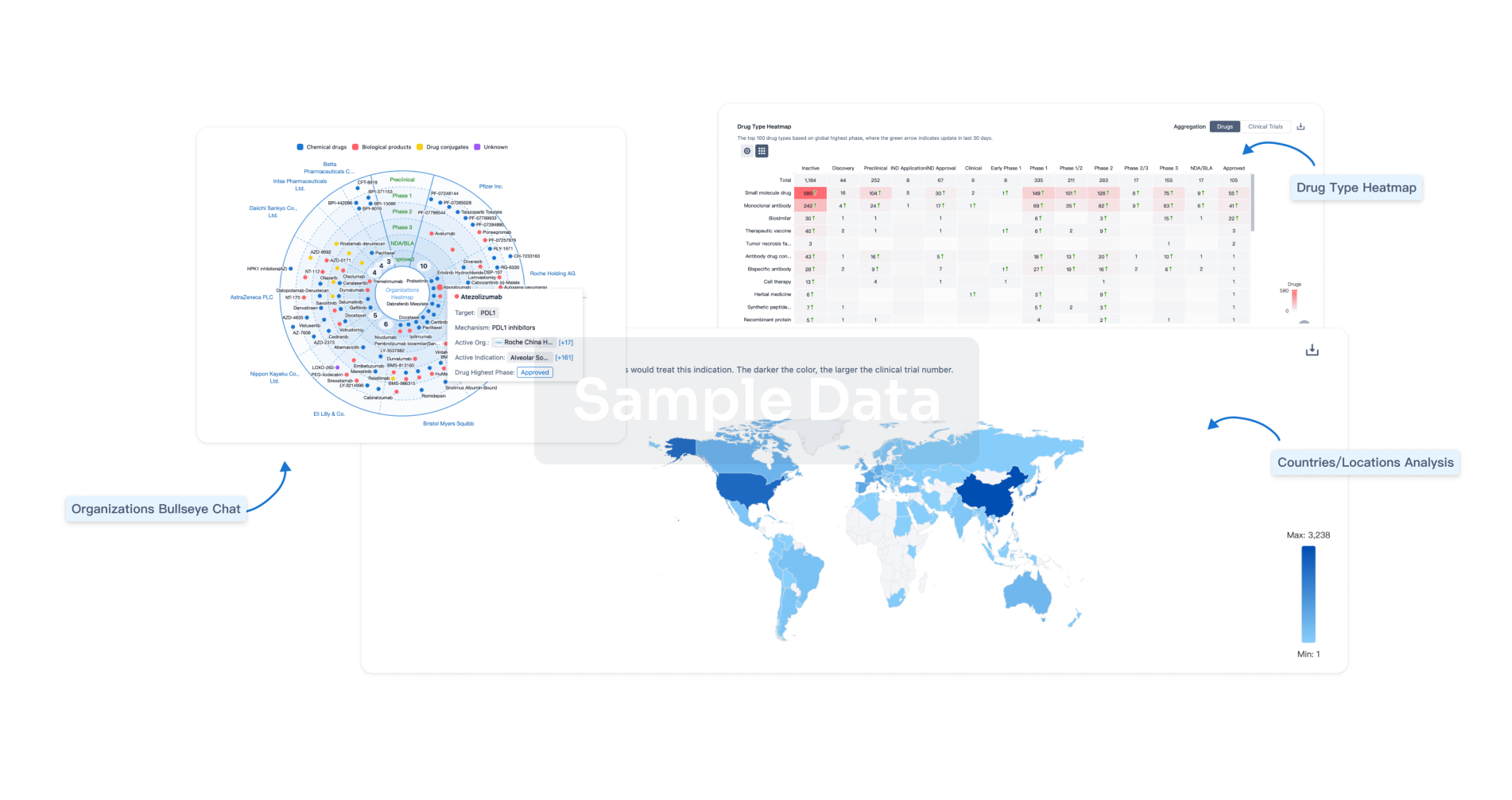Request Demo
Last update 08 May 2025
Ground glass lung nodule
Last update 08 May 2025
Basic Info
Synonyms Ground glass lung nodule, 肺すりガラス状結節, ハイスリガラスジョウケッセツ |
Introduction- |
Related
1
Drugs associated with Ground glass lung noduleTarget- |
Mechanism Immunologic cytotoxicity |
Active Org.- |
Originator Org. |
Active Indication- |
Inactive Indication |
Drug Highest PhaseSuspended |
First Approval Ctry. / Loc.- |
First Approval Date20 Jan 1800 |
12
Clinical Trials associated with Ground glass lung noduleNCT06394037
Active Surveillance for Patients with Limited Ground-glass Nodules in China: a Prospective Multi-center Single-arm Trial (ECTOP-1028)
This study is a single-arm, multi-center, phase III trial conducted under the Eastern Cooperative Thoracic Oncoloy Project (ECTOP) . The primary objective of the study is to assess the 5-year overall survival of patients with one or two ground-glass opacities by employing an active surveillance approach rather than immediate surgical resection.
Start Date01 May 2025 |
Sponsor / Collaborator |
NCT06848881
Cryoablation Versus Thoracoscopic Surgery for Pulmonary Ground-Glass Nodules: A Prospective, Randomized Controlled Trial
The aim of this study is to investigate the efficacy and safety of Cryoablation and Thoracoscopic Surgery in the treatment of pulmonary ground-glass nodules.
Start Date15 Apr 2025 |
Sponsor / Collaborator |
ChiCTR2400088311
Clinical application of electromagnetic navigation bronchoscopy and microwave ablation in the treatment of pulmonary ground glass nodules
Start Date15 Aug 2024 |
Sponsor / Collaborator- |
100 Clinical Results associated with Ground glass lung nodule
Login to view more data
100 Translational Medicine associated with Ground glass lung nodule
Login to view more data
0 Patents (Medical) associated with Ground glass lung nodule
Login to view more data
1,024
Literatures (Medical) associated with Ground glass lung nodule01 Jun 2025·Biochemistry and Biophysics Reports
Novel causes and assessments of intrapulmonary metastasis
Article
Author: Liu, Dazhi ; Cheng, Ming ; Xu, Wei ; Shao, Shujun
01 Jun 2025·Clinical Radiology
Incidence and influencing factors of vasovagal reaction in computed tomography (CT)-guided localisation of pulmonary ground-glass nodules prior to video-assisted thoracoscopic surgery
Article
Author: Huang, Z G ; Hu, Y W ; Zhang, T Y ; Sun, H L ; Xu, Y Y ; Wang, Y L ; Li, H Y ; Gao, B X ; Li, C D ; Feng, H X
21 Apr 2025·Current Medical Imaging Formerly Current Medical Imaging Reviews
Radiomics of Vascular Structures in Pulmonary Ground-Glass Nodules: A Predictor of Invasiveness : Radiomics of Vascular Structures in GGNs for Tumor Invasiveness Prediction
Article
Author: Qi, Dong ; Wang, Wuling ; Yang, Hongkai ; Qi, Xuan ; Chen, Qiong ; He, Yongsheng ; Tang, Zhen
Analysis
Perform a panoramic analysis of this field.
login
or

AI Agents Built for Biopharma Breakthroughs
Accelerate discovery. Empower decisions. Transform outcomes.
Get started for free today!
Accelerate Strategic R&D decision making with Synapse, PatSnap’s AI-powered Connected Innovation Intelligence Platform Built for Life Sciences Professionals.
Start your data trial now!
Synapse data is also accessible to external entities via APIs or data packages. Empower better decisions with the latest in pharmaceutical intelligence.
Bio
Bio Sequences Search & Analysis
Sign up for free
Chemical
Chemical Structures Search & Analysis
Sign up for free

